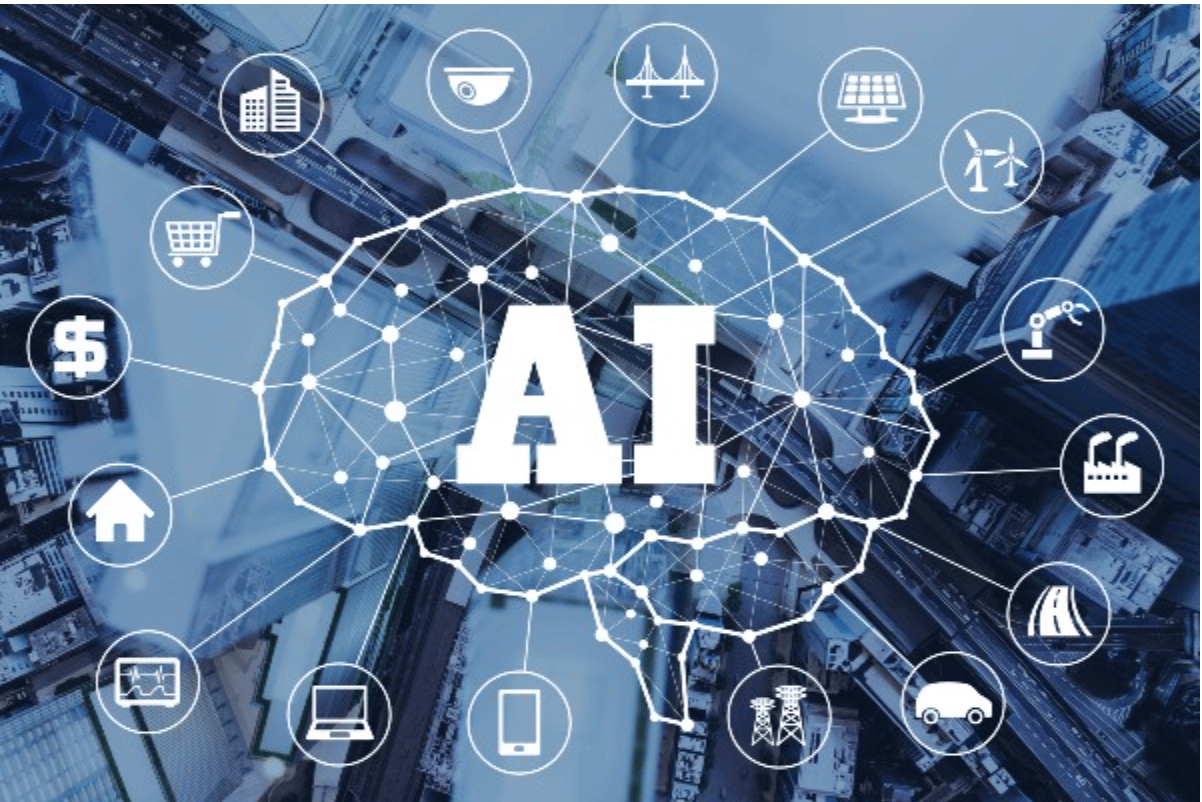As the world faced inflation, death, war, diseases, and other chaos in 2022, it’s undeniable that these traumatic events brought significant negative changes to people’s lives and made the world a difficult place to live in. While it’s crucial to address these pressing issues, it’s also essential to recognize the events that brought some positivity and made the world a better place.
Below are some tech innovations that brought hope and improvement in 2022:
1. Artificial Intelligence (AI)
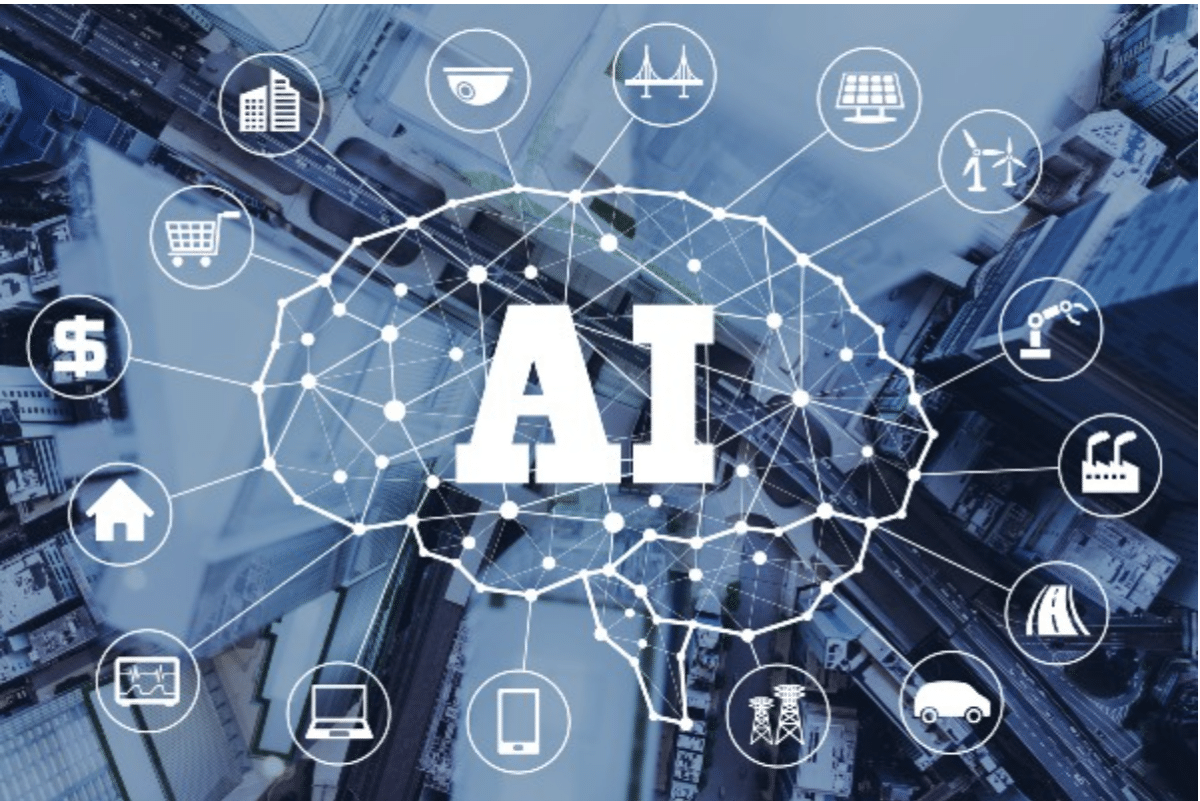
On November 30th, 2022, ChatGPT, a free, generative artificial intelligence (AI) tool, was released. It allows anyone to communicate with computers by simply telling them what they want to know. This revolutionary AI has the potential to transform how we use resources and solve problems, offering unprecedented efficiency and precision. As AI becomes more advanced, it could potentially disrupt the workforce, as cryptocurrency disrupts the financial industry. We are on the brink of a new age of technological progress, and it is an exciting time to be alive.
2. Solar Energy
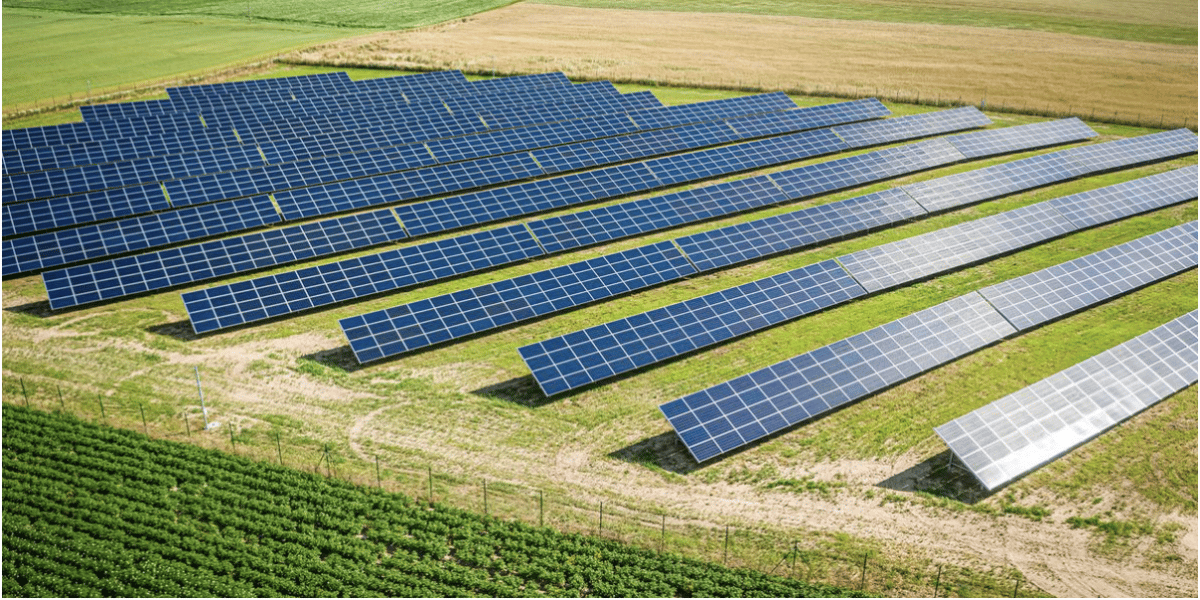
Solar energy is a solution to high energy and environmental costs. It is generated using a combination of light and heat from the sun. Millions of people use solar panels to generate electricity in their homes and businesses. However, some people may not be able to afford solar panels for their homes or may not have sufficient sun exposure. In 2022, the US launched a program known as community solar. This allows residential customers to participate in shared solar power programs and even get rewarded for it, making it possible for everyone to have low-cost electricity and reliable energy access.
3. Deep Fake Detector

Deepfake technology is a welcome development in content creation. But bad actors have started misusing it. It has the potential to spread false information and frame innocent people for crimes they didn’t commit. For this, Intel has developed a solution called FakeCatcher, a deepfake detector with a 96% accuracy rate. It uses real-time analysis to identify subtle changes in blood flow on a person’s face, allowing it to detect even the most sophisticated deepfakes. This technology helps individuals, governments, and media outlets quickly and accurately determine the authenticity of synthetic media.
4. USB-C Charging Ports
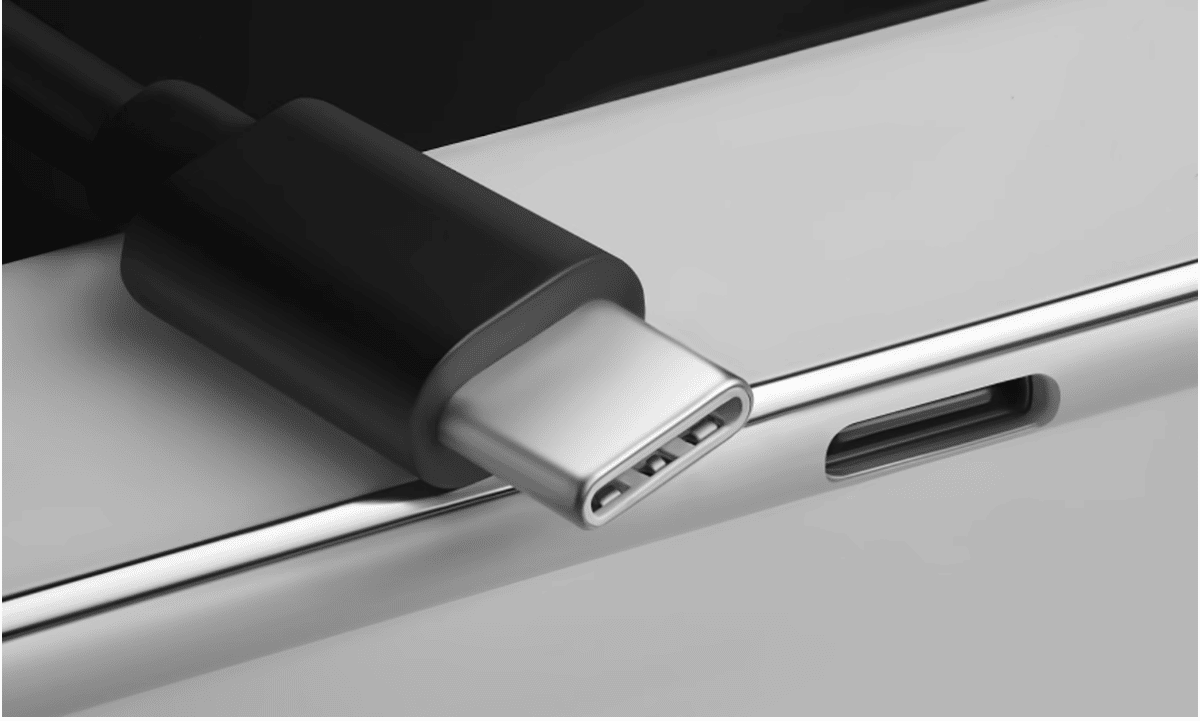
The EU has mandated that all new devices that can be charged with a wired cable and have a power delivery of up to 100 Watts must have a USB Type-C port by 2024. This includes mobile phones, tablets, and digital cameras. The USB-C cable transfers data much faster than any other cable, making it easier and faster to charge devices. This standardization of charging ports means users don’t have to worry about device compatibility. The adoption of a universal charging port is also good for the environment, as it is estimated to save up to $338 million in e-waste per year.
5. NASA Planetary Defense

NASA’s Double Asteroid Redirection Test (DART) has successfully demonstrated the world’s first planetary defense technology. After a ten-month journey through space, the DART spacecraft targeted a twin asteroid and, with a single impact, was able to alter its orbit and change its speed. This mission is a reassuring reminder that we can protect ourselves and our planet from the dangers of an asteroid impact. The destructive power of an asteroid collision could blast humans into bits and rupture internal organs, but thanks to NASA, we don’t have to live in fear of such a cosmic threat.
6. E-Motorbike
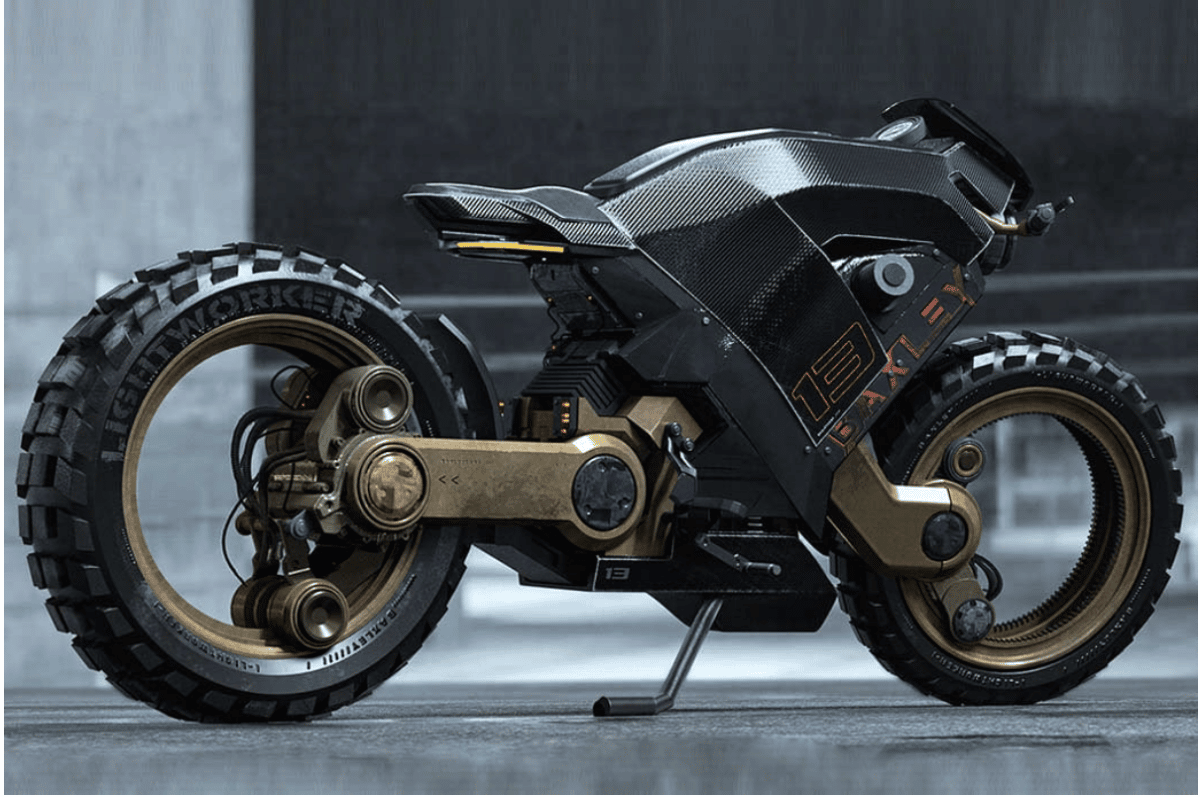
In Southeast Asia, a high percentage of households own motorbikes. These bikes hurt the environment by emitting more hydrocarbon and carbon monoxide than passenger cars. Gogoro, a company that builds swappable batteries and charging stations for E-bikes, has announced that they have 500,000 subscribers to their battery network. Gogoro’s network includes almost 11,000 battery-swapping stations at over 2,260 locations and accounted for 25% of the new motorbikes sold in Taiwan in 2022. The increasing popularity of E-bikes in Taiwan and beyond reduces the environmental impact of transportation and contributes to a safer atmosphere for all.
7. Hydrogen-Powered Train

Germany has inaugurated a railway line powered entirely by hydrogen to adopt cleaner energy sources. The trains, which can run for an entire day on a single tank and cover a distance of 1,000 kilometers, mix hydrogen and oxygen from the air using a fuel cell on the roof. The project, estimated to cost $92 million, is expected to save up to 1.6 million liters of diesel annually. The hydrogen trains emit only pure water and are being hailed as the most eco-friendly. The success of this project could encourage other countries to adopt similar technology.
8. Spinal Cord Implant

A spinal cord implant has given three individuals with complete spinal cord injuries the ability to walk, swim, and ride a bike again. The implant uses personalized stimulation targeted at specific areas of the spinal cord, allowing these individuals to move around independently without physical assistance. This innovative technology offers hope and a solution for those who have lost all hope of ever walking again, and its impact on their lives is immeasurable. It brings the freedom of movement back to those who thought they would never experience it again.
9. Pig-to-Human Heart Transplant
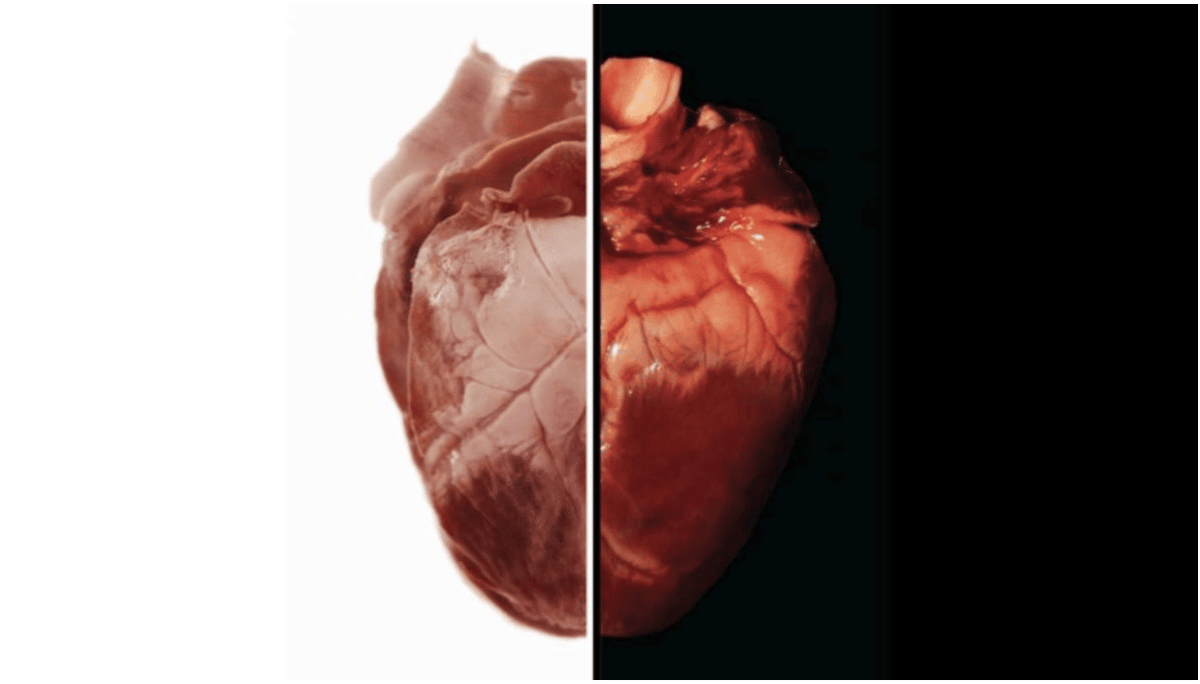
Xenotransplantation – transplanting living cells, organs, and tissues from one species to another – has garnered much attention in recent years. In 2022, the first successful pig-to-human heart transplant was performed, with David Bennett becoming the recipient of a genetically modified pig heart. Although Bennett, unfortunately, passed away two months later, this trial has sparked renewed hope and excitement. The potential of xenotransplantation will alleviate the shortage of organs available for transplantation and save countless lives.
10. Treatable Alzheimer’s
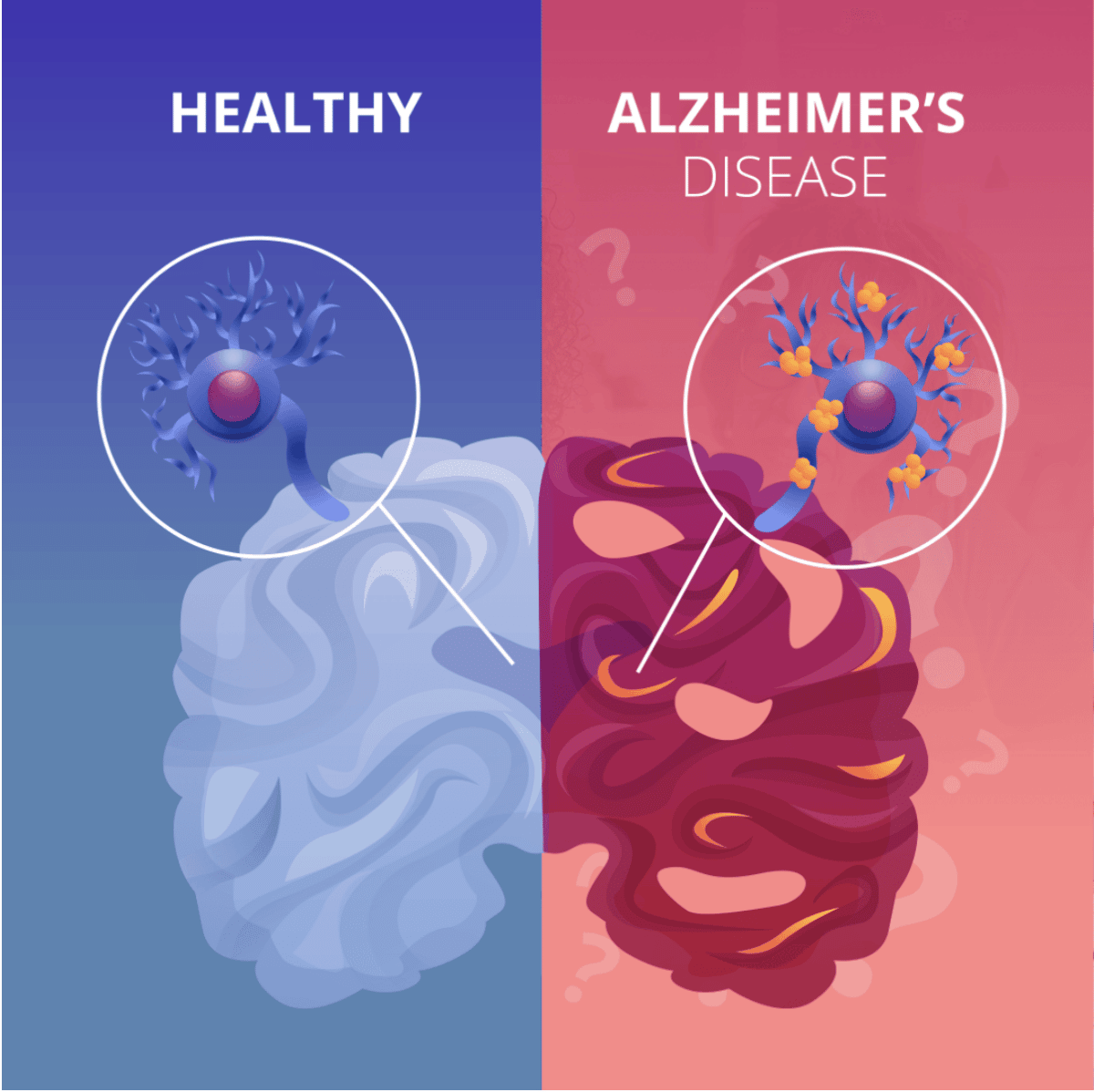
Alzheimer’s disease, a form of senile dementia, is a progressive neurological disorder that affects memory and cognitive function. It is the most common form of major and mild neurocognitive disorder. Despite numerous attempts to develop drugs that can slow or halt the disease, a new antibody drug has been developed that slows cognitive decline by 27% in patients treated for 18 months. However, the treatment carries significant risks, including swelling and brain bleeds, and about 7% of people had to stop using it due to complications.
11. Nuclear Fusion Reality
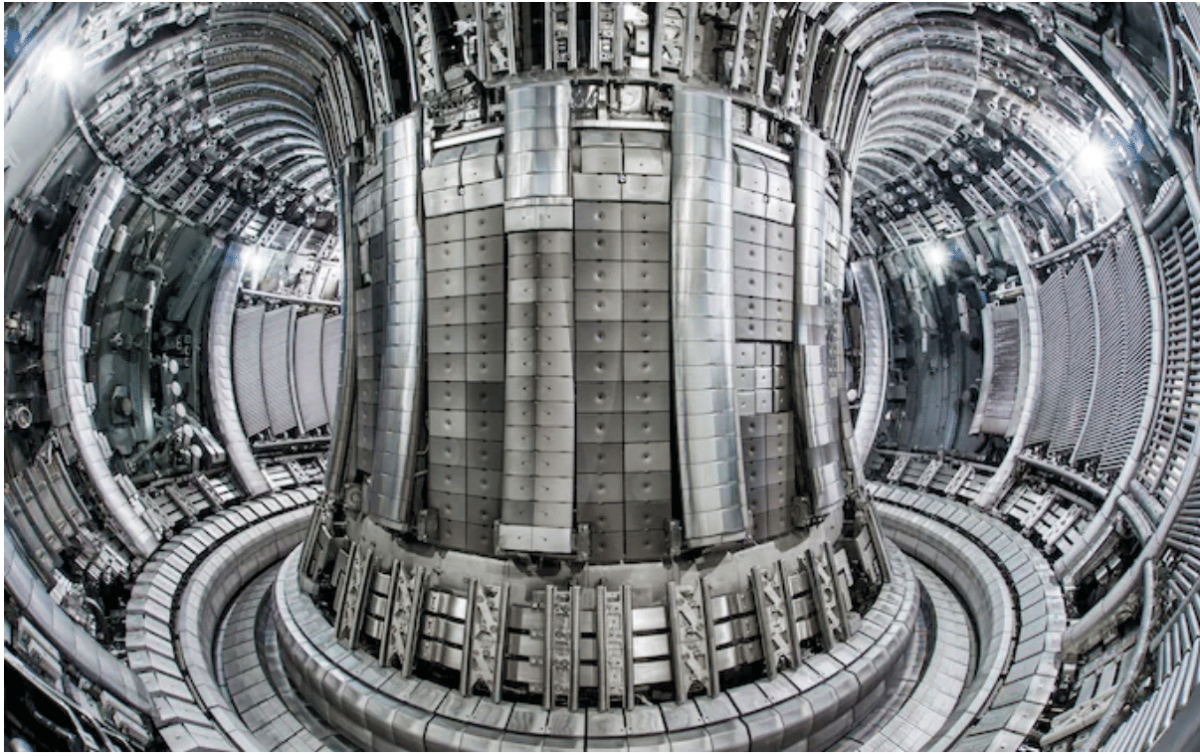
Nuclear fusion is when atomic nuclei come together to form a new nucleus. This process releases a huge amount of energy. Scientists had been trying to figure out how to make nuclear fusion happen to generate clean and safe electricity. It would also be a way to make hydrogen, which is a gas that can be used to power cars and other gadgets. Scientists at Lawrence Livermore National Laboratory in California achieved a breakthrough in 2020 by generating net-gain energy from a laser-focused fusion experiment. The National Ignition Facility also published a paper outlining the success of creating self-heating burning plasma.
What Tech Made the World Better in 2022?
In conclusion, 2022 was a year filled with challenges, but it also brought several tech innovations that improved the world in various ways. Artificial intelligence, solar energy, deepfake detection, universal charging ports, asteroid defense, electric motorbikes, spinal cord implants, and hydrogen trains are just a few examples of how technology has the power to bring positive change and make the world a better place. These innovations transformed industries, solved problems, and brought hope to people’s lives. They will continue to be the bedrock for technological progress in 2023.

